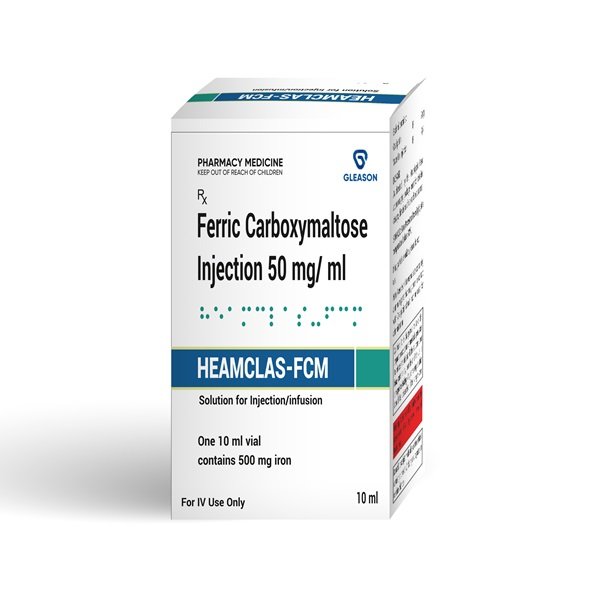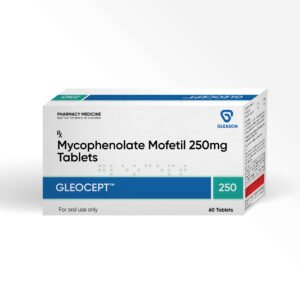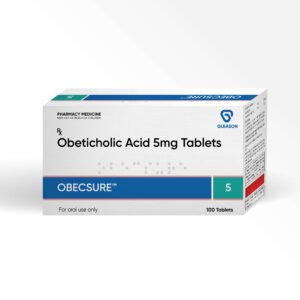Heamclas-FCM Injection
| Composition | Ferric Carboxymaltose Injections |
|---|---|
| Indication | iron deficiency anemia. |
| Packaging | 10 ml Vial |
Heamclas-FCM Injection (Ferric carboxymaltose) is an intravenous iron replacement product used to treat iron deficiency anemia, particularly when oral iron supplements are ineffective or cannot be used. This treatment is especially beneficial for patients with chronic kidney disease, heart failure, inflammatory bowel disease, and in postpartum women or those with heavy menstrual bleeding.
Mechanism Action of Heamclas-FCM Injection
Heamclas-FCM Injection works by replenishing iron stores in the body. It consists of a complex of ferric hydroxide and a carbohydrate polymer, carboxymaltose, which helps stabilize the iron and allows it to be administered intravenously. Once in the bloodstream, iron from the ferric carboxymaltose complex is taken up by transferrin, the body’s natural iron transport protein, and delivered to cells, where it is utilized for the production of hemoglobin and other iron-containing proteins.
Administration
Heamclas-FCM Injection is administered via intravenous infusion. The dosage and frequency depend on the severity of the iron deficiency and the patient’s overall health condition. Typically, it is given in doses of up to 750 mg of iron per infusion, with a maximum cumulative dose of 1,500 mg within a 7-day period.
Efficacy
Clinical studies have shown that Heamclas-FCM Injection is effective in rapidly increasing hemoglobin levels and replenishing iron stores. Patients receiving this treatment often experience significant improvements in symptoms associated with iron deficiency anemia, such as fatigue, weakness, and shortness of breath. A medication called Temosure 100 Capsule is used to treat cancer. By damaging the genetic material (DNA and RNA) of cancer cells, it enters the brain tissues.
Safety and Side Effects
While Heamclas FCM is generally well-tolerated, some patients may experience side effects. Common side effects include:
- Nausea
- Hypertension (high blood pressure)
- Injection site reactions
- Dizziness
- Headache
Serious but rare side effects can include hypersensitivity reactions, such as anaphylaxis, and hypophosphatemia (low phosphate levels in the blood).
Contraindications
Heamclas-FCM Injection should not be used in patients with known hypersensitivity to the drug or any of its components. It is also contraindicated in patients with iron overload disorders, such as hemochromatosis.
Monitoring and Follow-Up
Patients receiving Heamclas FCM should be monitored for adverse reactions during and after the infusion. Blood tests to assess hemoglobin levels, iron levels, and overall response to treatment are typically conducted to ensure the effectiveness and safety of the therapy.
Conclusion
Heamclas-FCM Injection offer a valuable option for treating iron deficiency anemia, particularly in patients who cannot tolerate or do not respond to oral iron supplements. Its ability to rapidly correct iron deficiency and improve symptoms makes it a key therapeutic tool in managing anemia associated with various chronic conditions.





